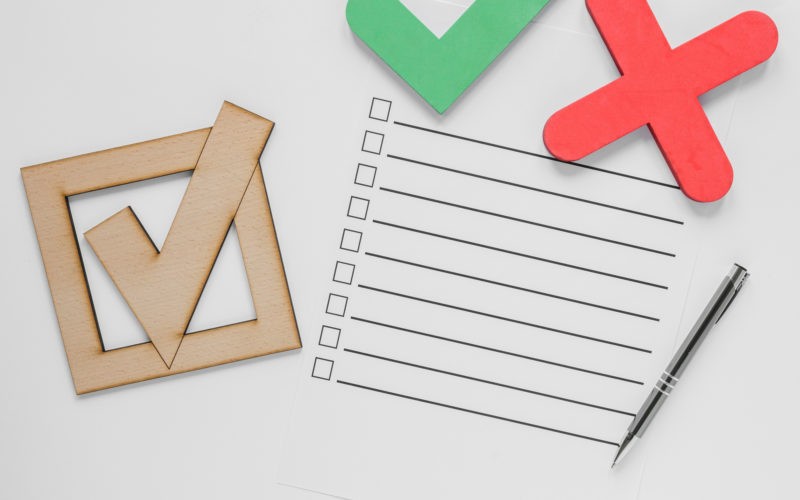Reaching people across different countries isn’t just about translating words. If your questions don’t make sense in another language, or worse, offend someone, you’re not going to get reliable answers.
Accuracy in multilingual survey design takes more than language skills. It needs a careful, people-first approach from start to finish. Keep reading to find out how to design multilingual surveys that work well in every language.
Understand Cultural Nuances First
Before jumping into translation, take a step back and think about your audience. A question that feels normal in one country might feel too personal in another. Even the tone of your questions, whether they’re formal, friendly, or direct, can be interpreted in very different ways.
Spending time to understand these cultural details helps you avoid the kind of mistakes that lead to confusing or misleading answers. Localising your survey, rather than just translating it, makes it feel more natural and respectful to each audience.
Work With Trusted Language Experts
Automated translation tools can be fast, but they often miss the finer details that matter in survey design. A slightly off word choice or an awkward sentence can change how someone understands a question, and that affects your results.
It’s better to work with people who speak the language fluently and understand the context. They can spot things machines won’t catch, like tone, regional phrasing, or confusing layout. If you want your data to be useful, this step shouldn’t be skipped. That’s why accurate multilingual survey design depends on human insight as much as it does on technology.
Focus on Plain Language and Clarity
Complicated wording is a common cause of misunderstanding, especially when surveys are translated. If your original question isn’t clear, it’s likely to be even less clear once it’s in another language.
Keep things simple. Write your questions in everyday language. Avoid slang, puns, or long-winded sentences. This makes it much easier for translators to keep the meaning consistent and for people to answer without second-guessing what you meant.
Don’t Skip the Testing Phase
Even the best translations need a trial run. Once your multilingual survey is translated, test it with native speakers. Ask them if anything sounds odd, feels unclear, or reads differently than expected.
This step can help you catch small errors before they turn into big problems. It’s a quick way to make sure your survey is ready for real answers, not just guesses.
Maintain Consistency Across Versions
One of the most common issues in multilingual surveys is inconsistency. If the same question means something slightly different in each language, your data won’t line up.
Use a standard layout and question structure for every version. This doesn’t mean the translations need to be identical word for word, but they should all ask the same thing in a way that makes sense locally.
Get It Right the First Time
Multilingual surveys are only as good as their design. A well-crafted survey that’s easy to understand in every language gives you better responses and more reliable data. If you want results you can trust, take the time to write clearly, respect your audience’s language and culture, and always test before you launch.












